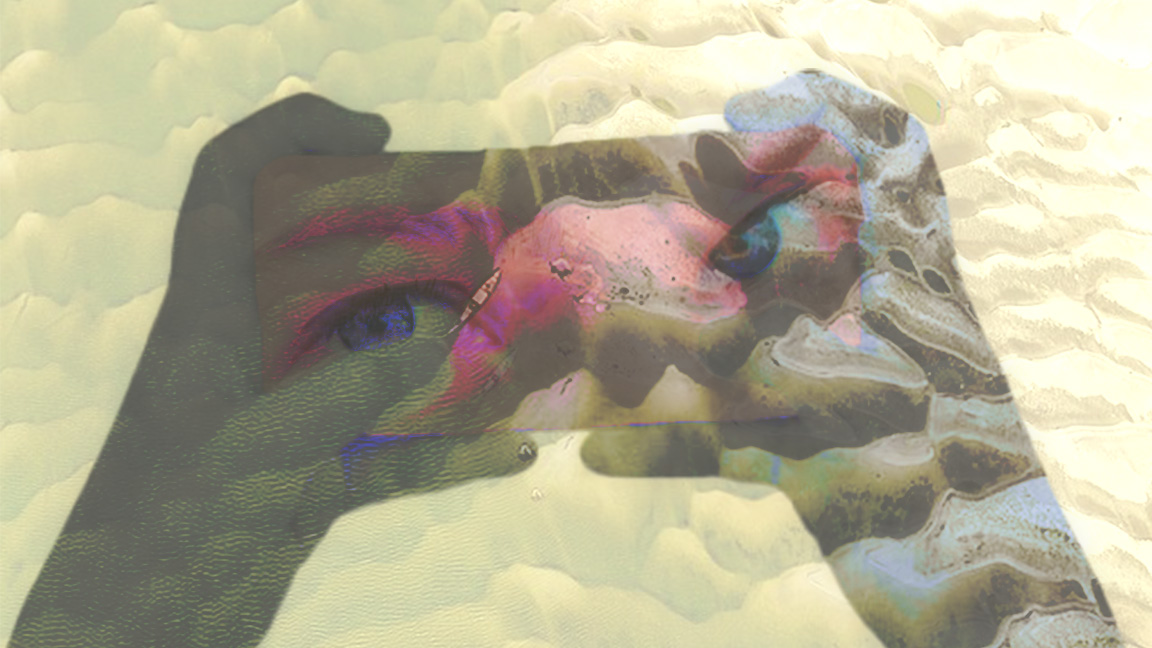The Climate Emergency is in progress, all around the world, including Canada. If you need some understanding and context of the Climate Emergency, search my name up online on Arthur Newspaper's website and read my previous articles. Or you can search up “IPCC,” which means “Intergovernmental Panel on Climate Change,” and read their Special Report called “Global Warming of 1.5°C”. You can also watch the documentaries Six Degrees Could Change The World, which is on YouTube, and Al Gore’s An Inconvenient Truth; or go on Extinction Rebellion’s YouTube channel and watch the videos they make.
To give yourself more understanding of what you are about to read, search up “Unist’ot’en pipeline” and click on the search result that says “UNIST’OT’EN | Heal the People, Heal the Land”. On YouTube, search up “Invasion” by the YouTube channel “Unist’ot’en Camp.”
As you are reading these words, there are many immoral acts happening around the world against innocent people who are doing good deeds for other people, other species, and the Earth. This is happening with Indigenous Peoples in Canada, specifically with an Indigenous group called the Unist’ot’en who reside in what we call Northern British Columbia. The Unist’ot’en have been defending their land from pipeline developments for many years. In June 2015, Stephen Harper’s government passed an anti-terror law called Bill C-51 that criminalizes “interference with critical infrastructure.” The building of a pipeline is not critical infrastructure. It is a recipe for disaster for bodies of water and their inhabitants, species on land, including us humans, and the ecosystem of the planet which we call Earth.
This recipe is called oil spills, and there is a long list of successful creations of this recipe. Just look at the list on Wikipedia. Look at the Dakota Access Pipeline, which the Meskwaki, the Standing Rock Sioux, and the Cheyenne River Sioux Peoples opposed to and were violently arrested for protesting against. The pipeline was built against their wishes, and has recently begun to leak in what the United States calls North Dakota, which was exactly what the Indigenous groups were concerned it would do. The Unist’ot’en are peacefully, non-violently standing up for the immoral wrongs currently being done against them, and are being arrested for that. The Canadian Government and the pipeline companies can’t even legally put a pipeline through the land the Unist’ot’en live on, as there was never a treaty between Canada and the Unist’ot’en.
In 2019, with a continued government under Justin Trudeau since 2015, he is going forward with the Trans Mountain Pipeline expansion project. This pipeline will go from Alberta to the coast of British Columbia. This pipeline is unethical for human beings, other species, and our Earth. On the Southern Vancouver coast, there are only roughly 73 orcas that exist, designating them an endangered species. Yes, roughly 73. The noise pollution of oil tankers will drive their main source of food, salmon, away from the area. Furthermore, huge ecosystems of forests, wetlands, rivers, and lakes with many species will be invaded and put at risk. And in terms of humans, the Unist’ot’en are already facing invasion of their land.
Trudeau made you think at the beginning of his national leadership that he is for Indigenous peoples’ rights. This is not true. The Unist’ot’en are in a geographical location that Trudeau wants to build the Trans Mountain Pipeline. They have not legally ceded their territory to the Canadian government. Therefore, it is illegal to invade and build a pipeline. Three particular companies, Chevron, TransCanada, and Enbridge, are part of this. The Unist’ot’en are peacefully protecting themselves from this illegal and immoral act by Trudeau and the pipeline companies. Yet in response, they are being arrested, held at gunpoint, and tackled by the RCMP and the military.
None of you who are reading this article would want the police to randomly come to your house, tell you that they are going to build a pipeline underneath your house, and once you tell them “NO,” they arrest you. Well, that’s what’s happening with the Unist’ot’en. The Unist’ot’en are not refusing the pipeline just for themselves. They are thinking about every other human being, and the Earth. Because once an oil spill from this Trans Mountain Pipeline happens, many lives are in jeopardy. The Unist’ot’en are fed up with the destruction of the land that they live on, as well as the rest of the planet.
We should all be fed up with the destruction to the Earth, our only home. There is no Planet B. A Trans Mountain Pipeline oil spill in Canada would be catastrophic to human survival. How would those in Canada be able to live with an oil spill in terms of drinking clean water, eating uncontaminated food, and being in a state of global and environmental security? An oil spill would not only be negatively consequential for Canadians. but those outside our borders.
So, if you want to stand up for the moral, ethical, and proper treatment of people and the Earth, please come to Confederation Park, right across from City Hall, on November 20, to show your support for the future of our Earth and our survival, and say no to the Trans Mountain Pipeline.


.png)


.jpg)


.jpeg)



.jpg)

.jpg)



.jpg)




.jpg)


.png)